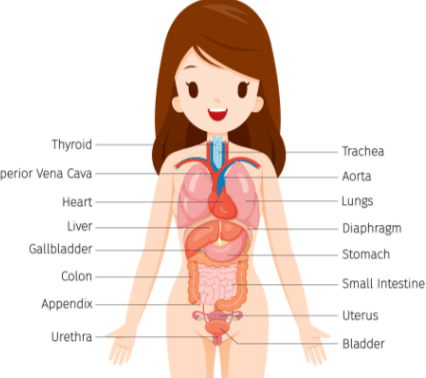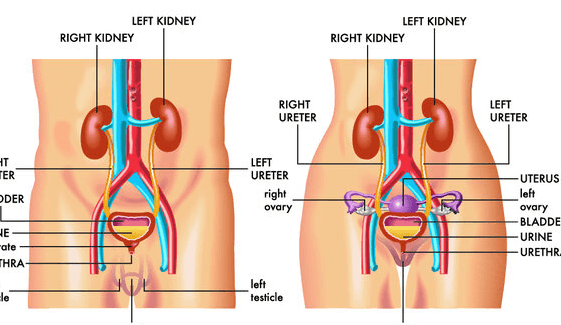Female:Ef49g__U7yw= Human Anatomy

The complexities of Female:Ef49g__U7yw= Human Anatomy particularly concerning the reproductive system, reveal a multitude of factors that influence both physiological and health outcomes. The interplay of hormones such as estrogen and progesterone orchestrates critical cycles that govern fertility and menstrual health. Additionally, anatomical variations can significantly impact biomechanics and predispositions to certain injuries. Exploring these intricate dynamics not only enhances our understanding of women’s health but also prompts essential questions about personalized medical approaches tailored to individual needs and challenges. What implications do these insights hold for future healthcare practices?
Unique Reproductive System
Examining the intricacies of the human reproductive system reveals its unique adaptations and complexities. The system operates through distinct reproductive cycles, ensuring optimal conditions for fertilization and embryonic development.
Gestational adaptations further enhance reproductive success, facilitating nutrient transfer and waste elimination during pregnancy. These mechanisms exemplify the remarkable evolutionary strategies employed to support human reproduction, reflecting an inherent drive for biological continuity and freedom of genetic expression.
Hormonal Differences
Hormonal differences play a crucial role in regulating the human reproductive system, influencing various physiological processes.
These differences affect hormone regulation, including estrogen and progesterone levels, which in turn impact menstrual cycles and ovulation.
Additionally, hormonal fluctuations can significantly influence emotional response, contributing to mood variations and psychological well-being.
Understanding these differences is essential for comprehending female health and reproductive functions.
Anatomical Variations
Anatomical variations among individuals are a fundamental aspect of human biology that can significantly influence both health and medical practices.
These variations arise from factors such as fetal development, where genetic and environmental influences shape structures.
Additionally, skeletal differences can manifest in bone size, shape, and density, affecting biomechanics and susceptibility to injuries, thereby underscoring the need for personalized approaches in medical care and treatment.
Read Also Drawing:41pufjffmhm= Oni Mask

Health Implications
Understanding the health implications of anatomical variations is critical for effective medical care and treatment. Variations can significantly influence the menstrual cycle and impact pelvic health.
Clinicians must recognize these differences to provide tailored interventions, as they can affect reproductive health, pain management, and overall well-being.
Comprehensive assessments and personalized care strategies can improve health outcomes for individuals with unique anatomical characteristics.
Conclusion
In summary, the Female:Ef49g__U7yw= Human Anatomy akin to a finely tuned orchestra, harmonizes hormonal fluctuations and anatomical diversity to facilitate fertility and health. Each unique variation contributes to a complex symphony of biological functions, emphasizing the necessity for tailored medical approaches. Recognizing these nuances not only enhances understanding but also serves as a compass in navigating the myriad health challenges faced by women, illuminating pathways to improved reproductive health and overall well-being.





